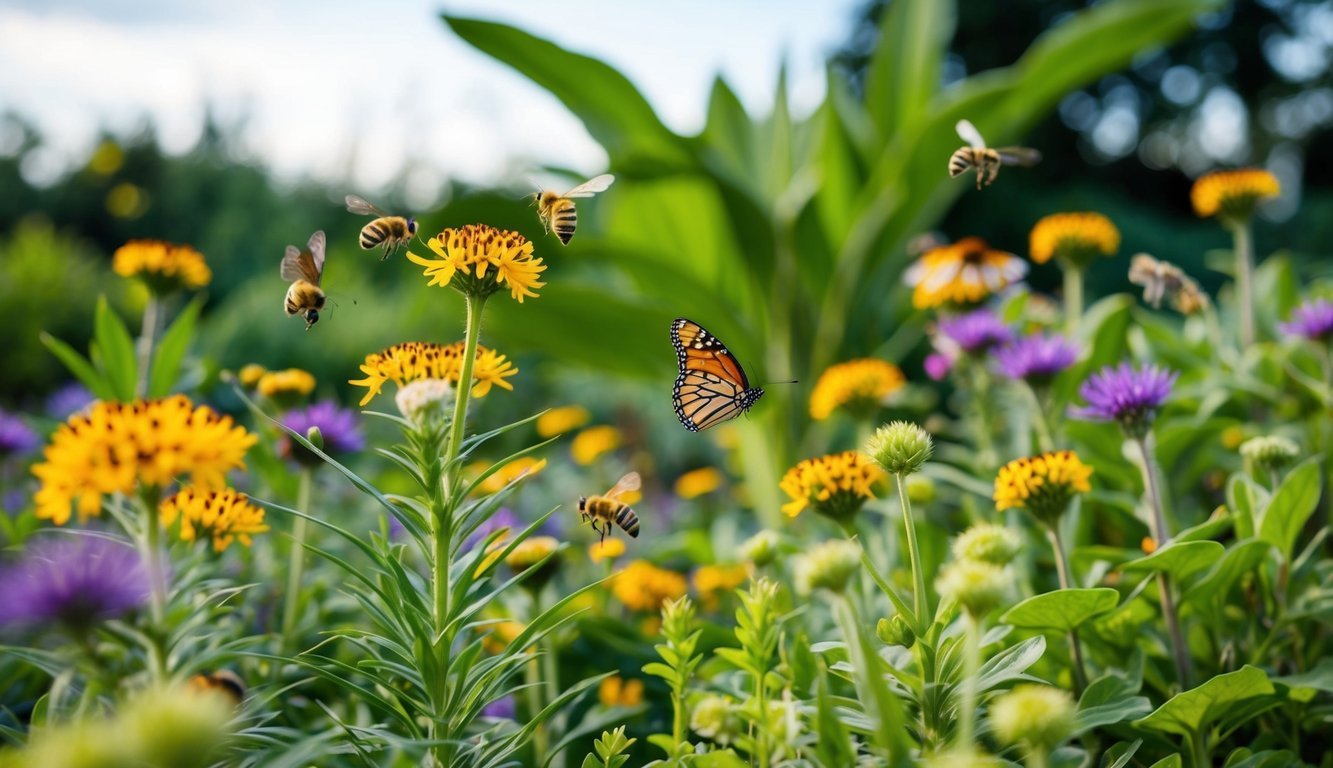
In a sloped woodland area, the extensive root systems of Pennsylvania sedge (Carex pensylvanica), which thrives in Zones 4–8, and various fescue species (Festuca spp. and their cultivars, appropriate for Zones 4-9) play a vital role in maintaining this ecosystem.
It’s worth noting that lawns occupy more than 40 million acres across the United States—an area larger than the entire state of Georgia.
This massive expanse is largely composed of high-maintenance monocultures, designed for a single purpose, and they carry significant ecological consequences.
Environmental Impact of Traditional Lawns
Traditional lawns typically consist of non-native grass species.
While they may offer a uniform appearance, they fall short environmentally.
Maintaining these lawns demands regular mowing, watering, fertilizing, and the application of pesticides, yet they provide little in terms of habitat or nourishment for pollinators, wildlife, or the ecosystem as a whole.
Lawns serve as a prime example of monoculture farming—they represent vast spaces dedicated to one plant species, leaving little room for other vegetation.
This lack of diversity creates what can be termed an ecological desert, offering scant resources for essential pollinators like bees, butterflies, and birds.
Additionally, the upkeep of a lawn often involves the use of noisy, gas-powered equipment, which contributes to both noise pollution and greenhouse gas emissions, exacerbating issues related to climate change.
Benefits of Native Plants and Sustainable Landscapes
On the other hand, a well-designed landscape that incorporates native plants, meadow lawns, or low-maintenance grasses can offer numerous benefits.
Native vegetation is adapted to the local climate and soil conditions, potentially reducing or even eliminating the need for chemical fertilizers and additional watering.
More importantly, these plants support biodiversity by providing necessary habitats and food sources for countless pollinators and beneficial wildlife.
Furthermore, native grasses and plants have a substantially positive effect on soil health and trap carbon more effectively than conventional lawns, thus playing a role in combating climate change.
Transforming even a small portion of your lawn to include native plants can convert your yard into a flourishing ecological haven while simultaneously cutting down on maintenance time, costs, and resource use.
The following collection of articles serves as an in-depth resource for making this transition.
It offers tailored advice on selecting the right plant species based on your local area, USDA zone, and specific environmental conditions.
Whether your aim is to nurture a vibrant meadow lawn, swap traditional grass for low-growing native ground covers, or simply lessen the size of a conventional lawn, this guide is packed with useful ideas and inspiration.
Redefining Your Yard’s Purpose
Now is the perfect time to reconsider how you view your yard—not merely as a space for leisure, but as an integral part of a healthier, more sustainable environment.
Source: Finegardening

